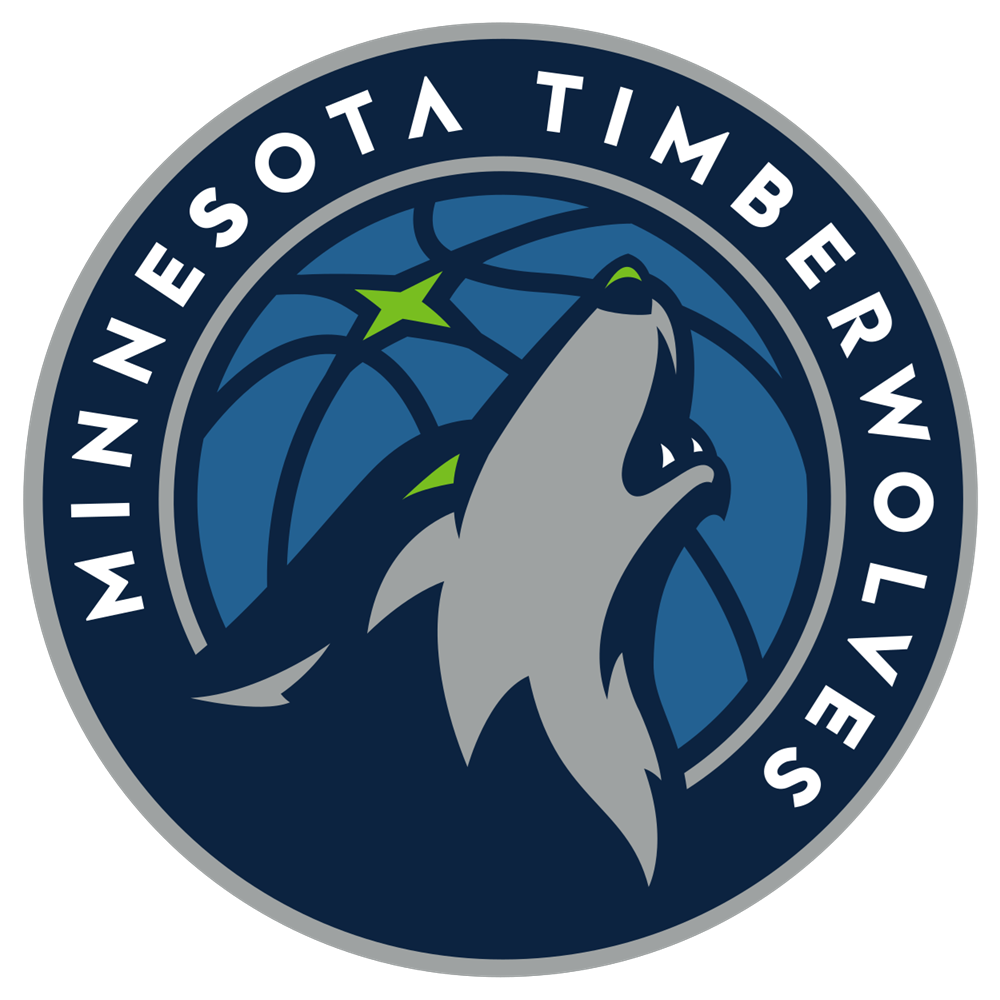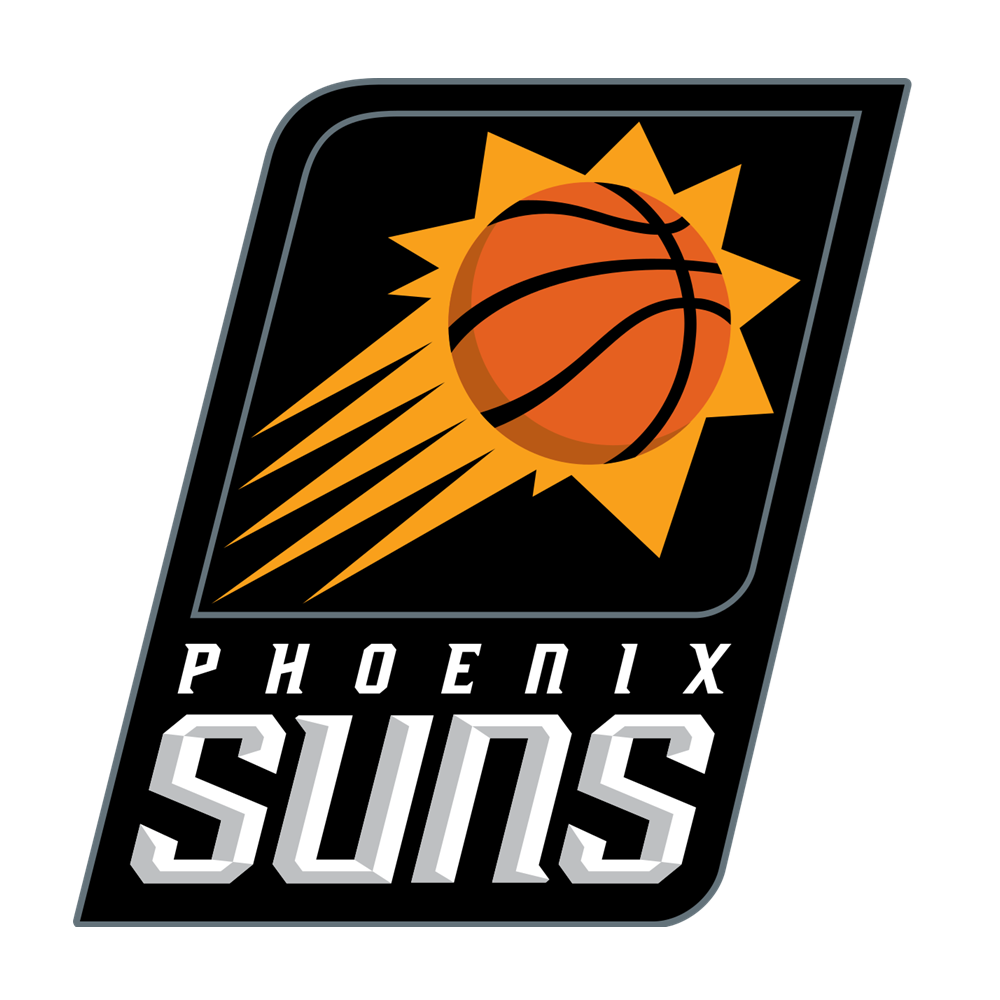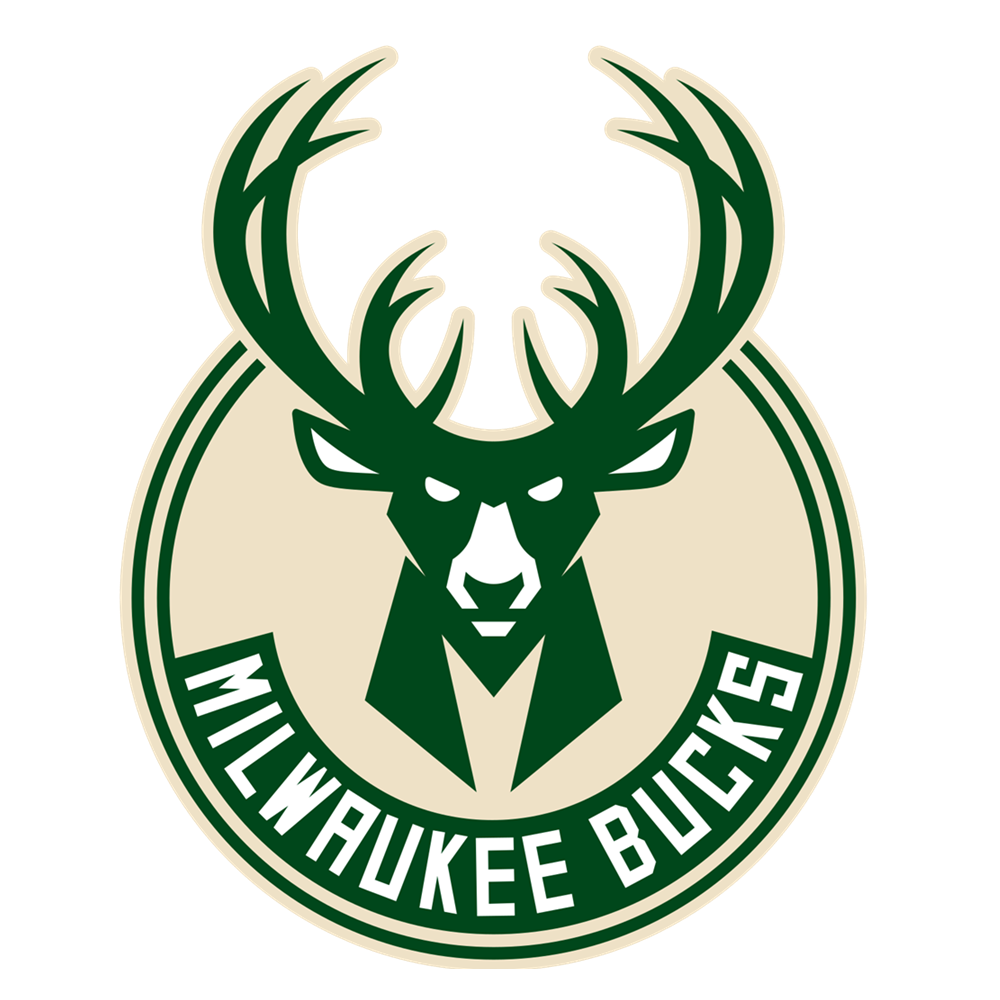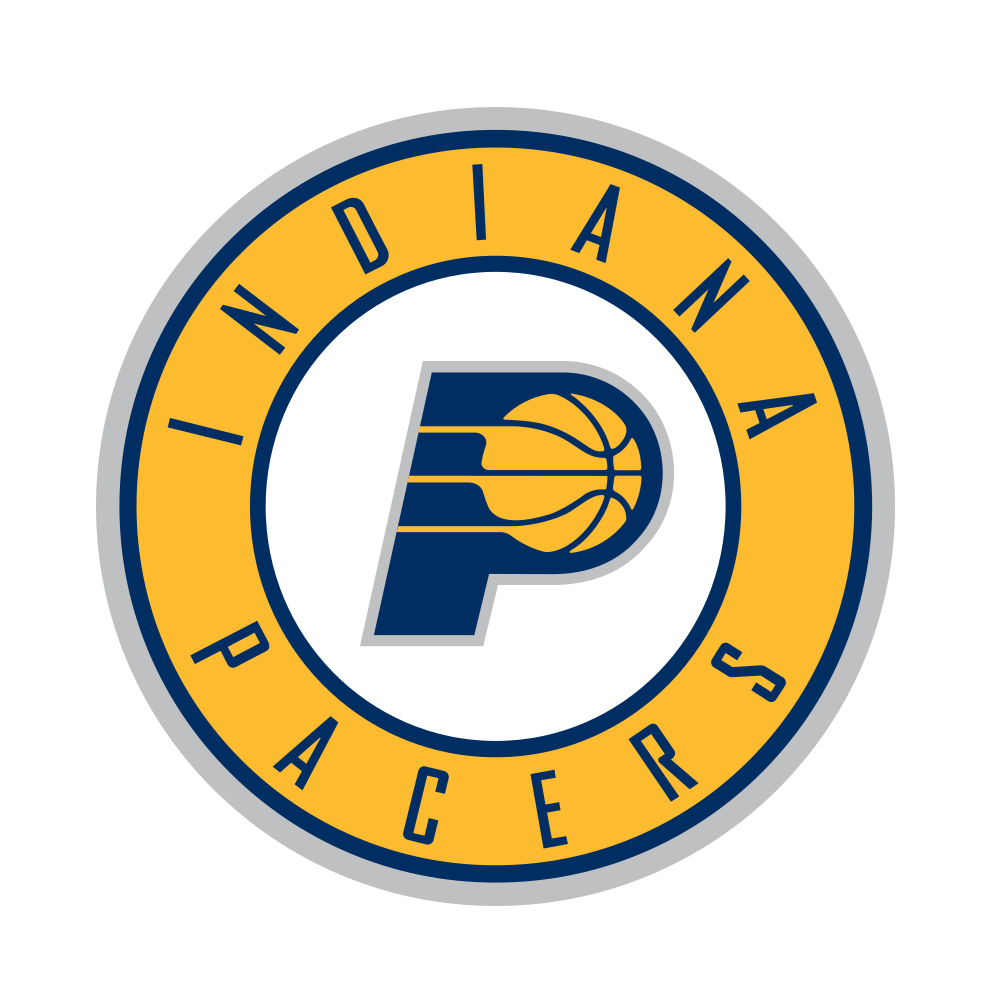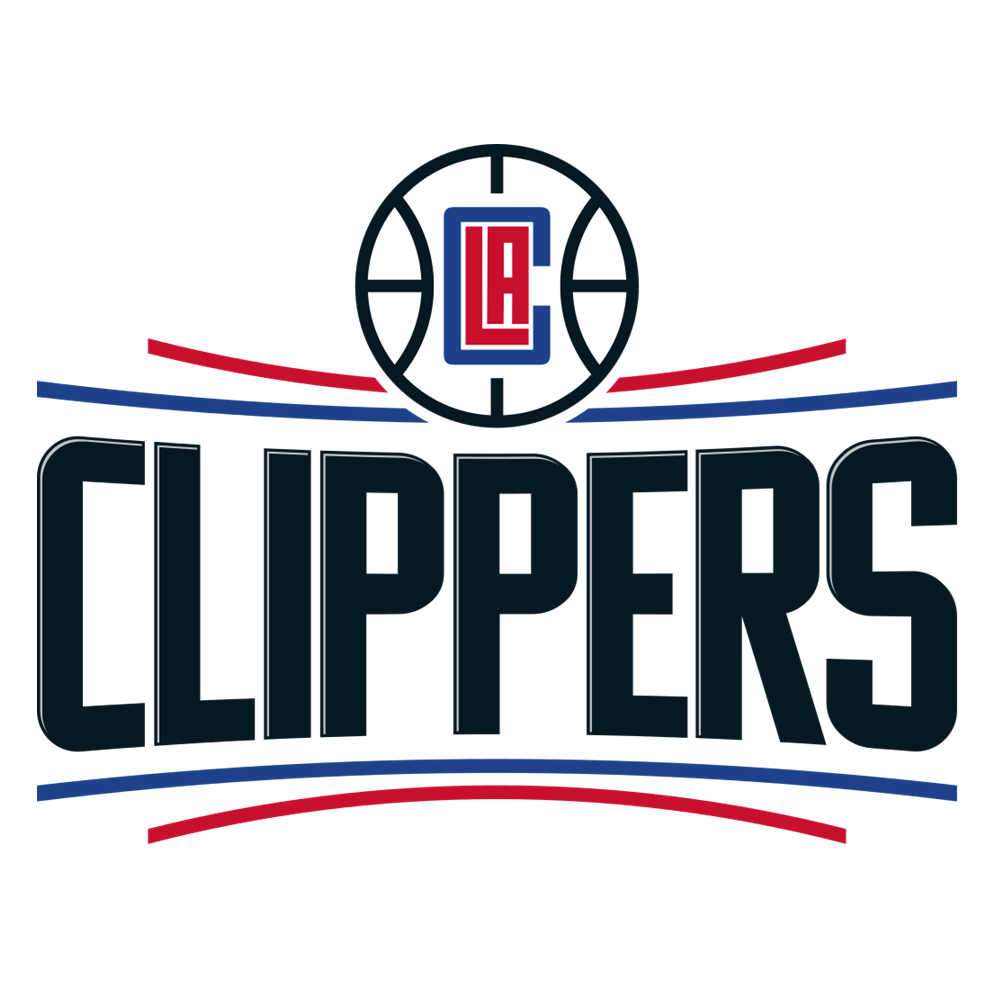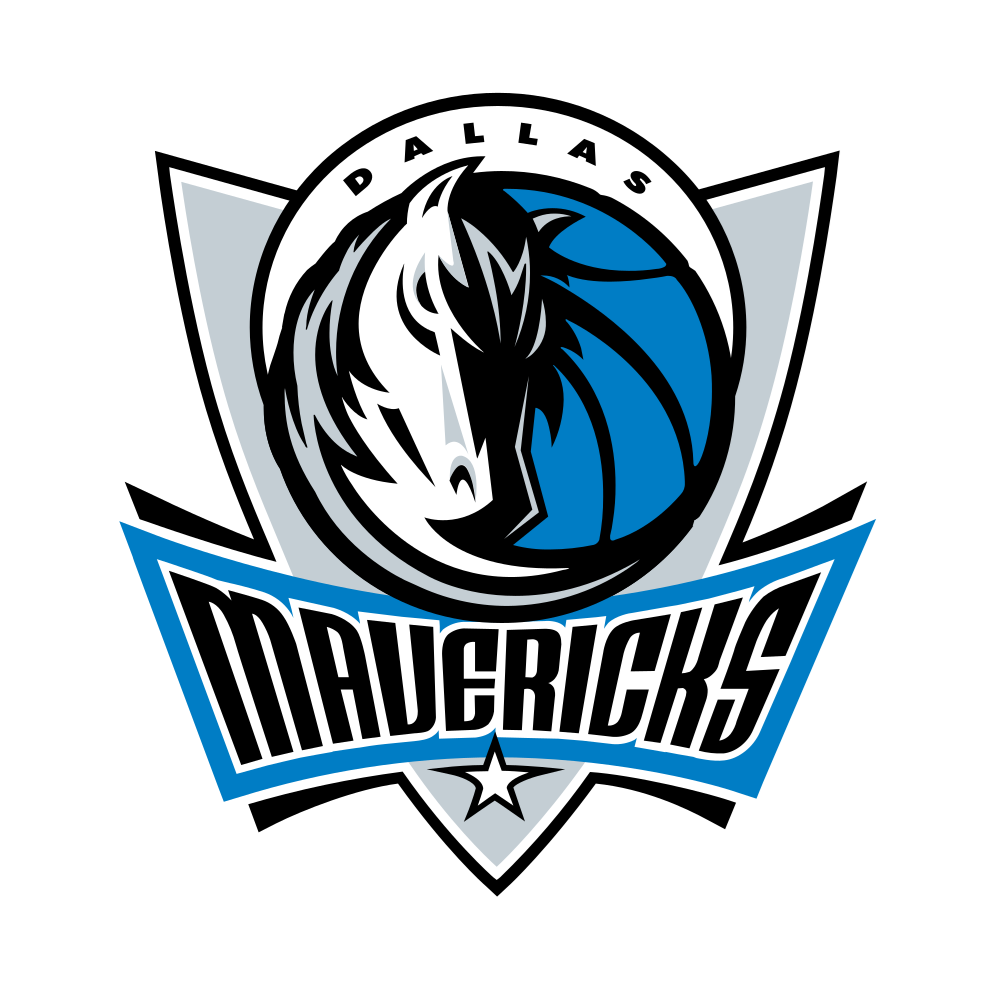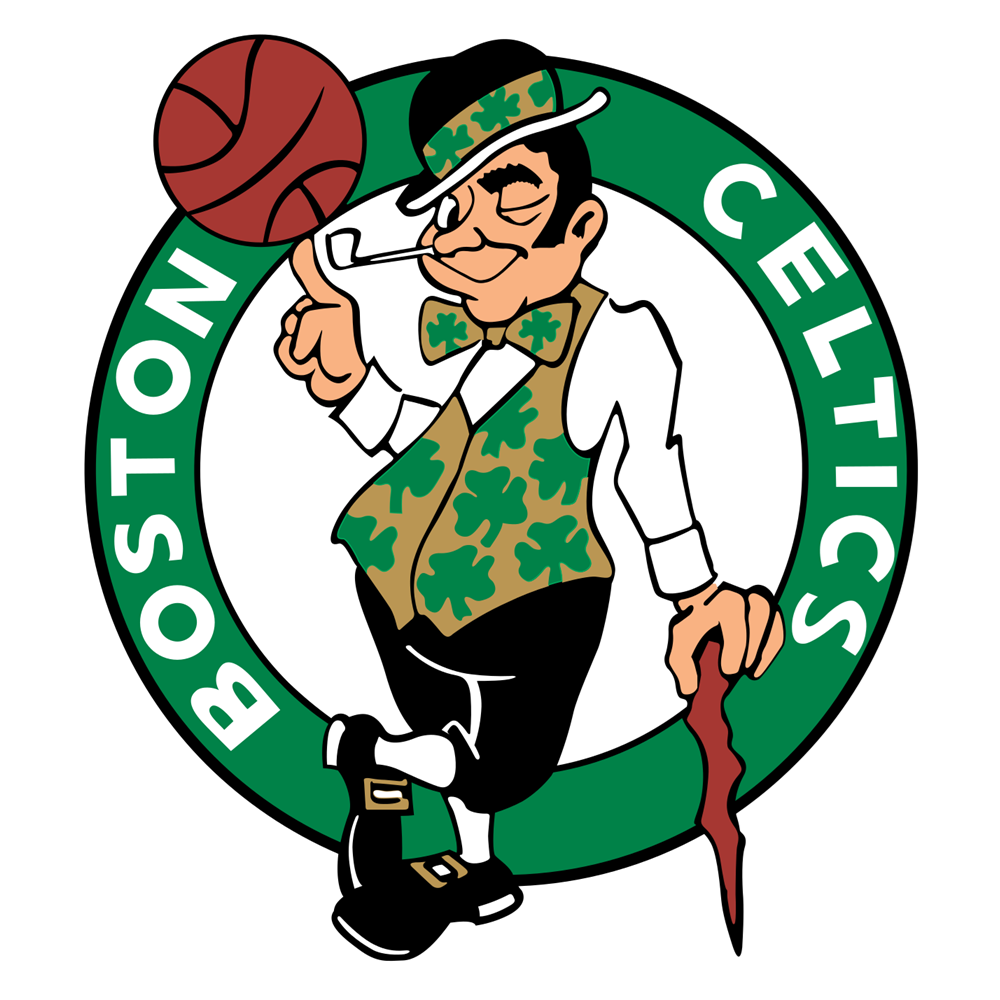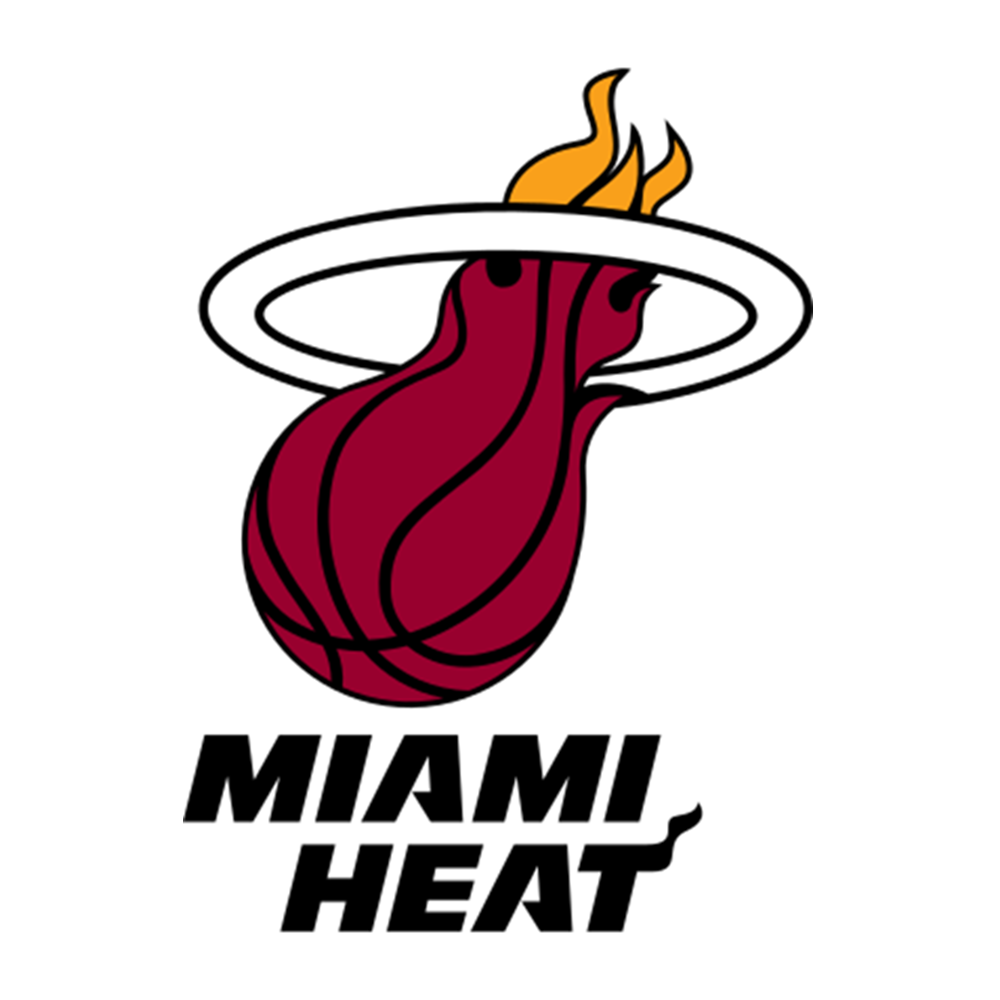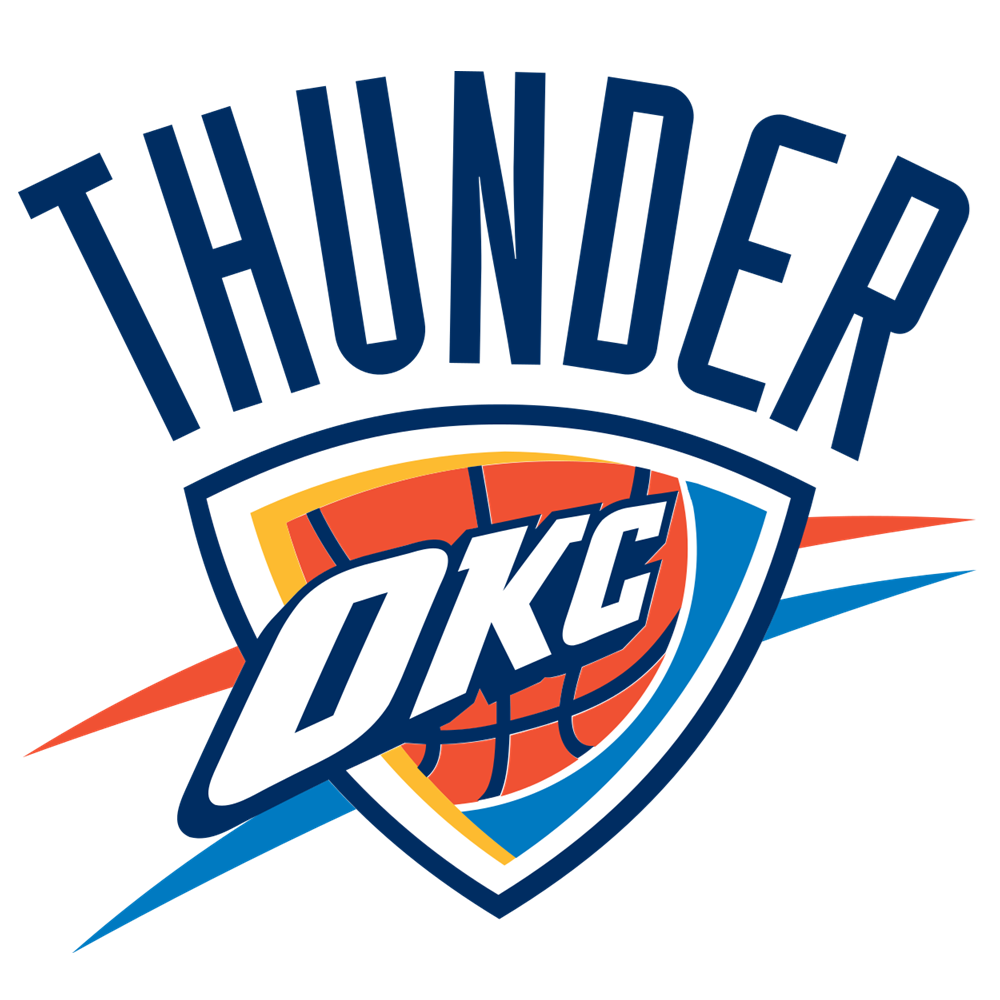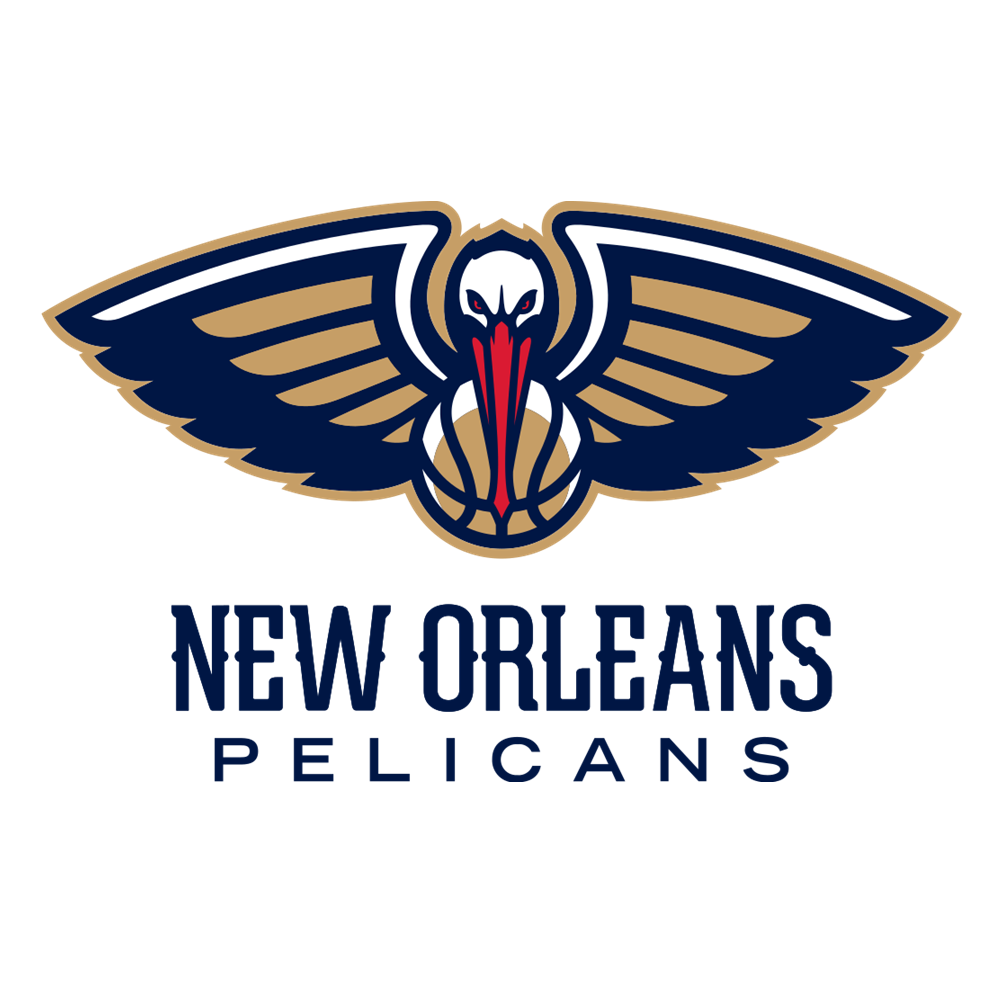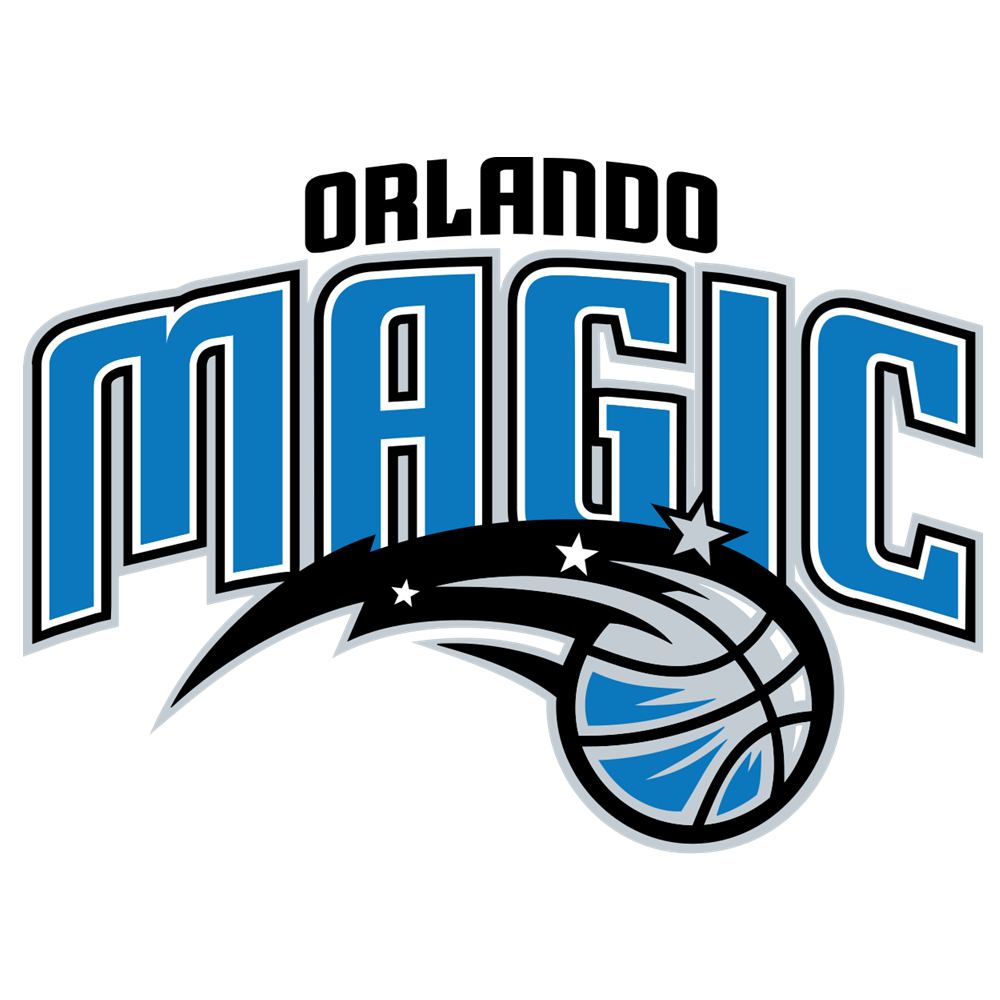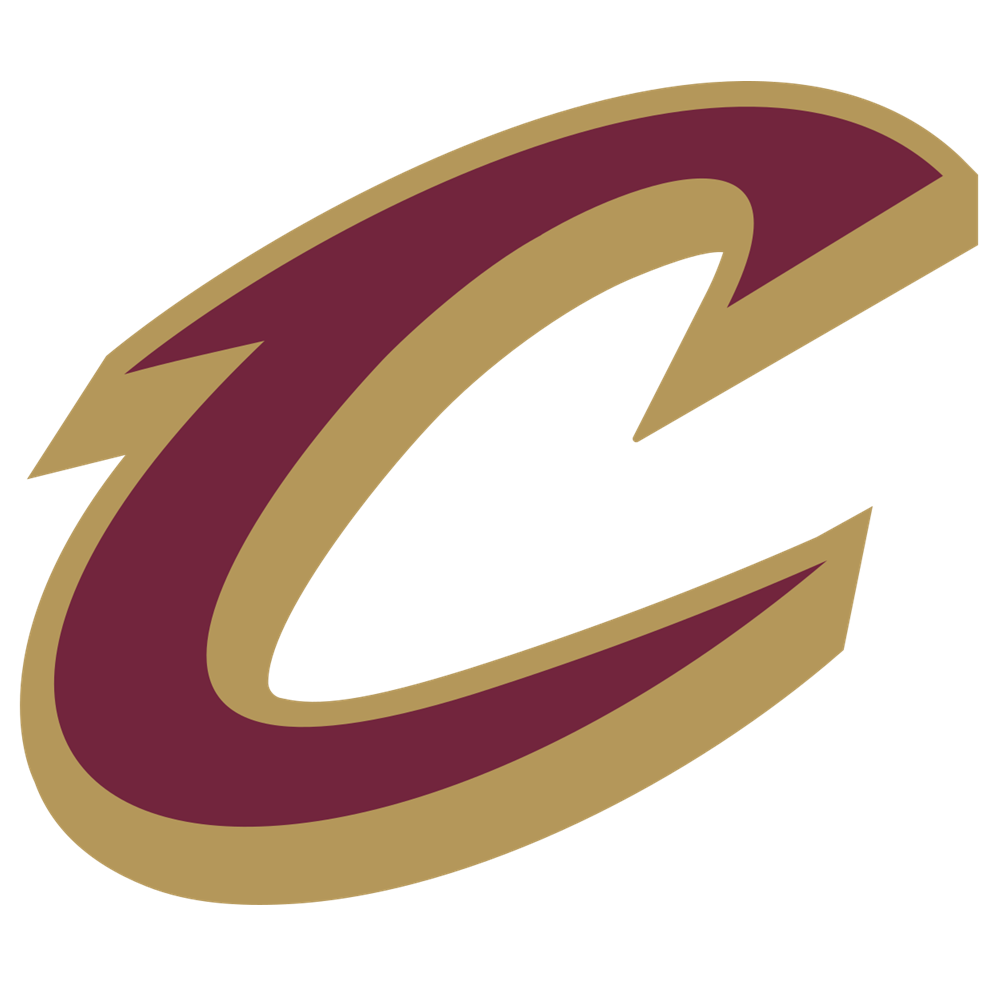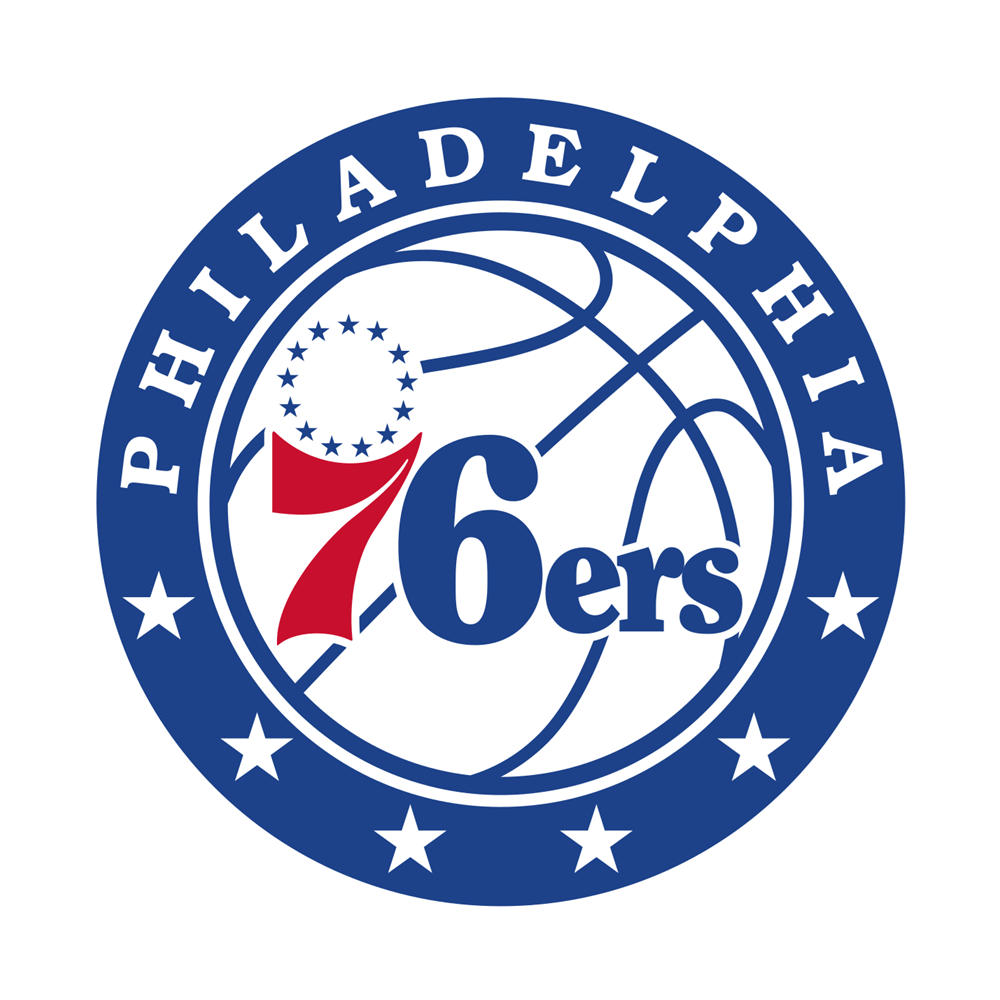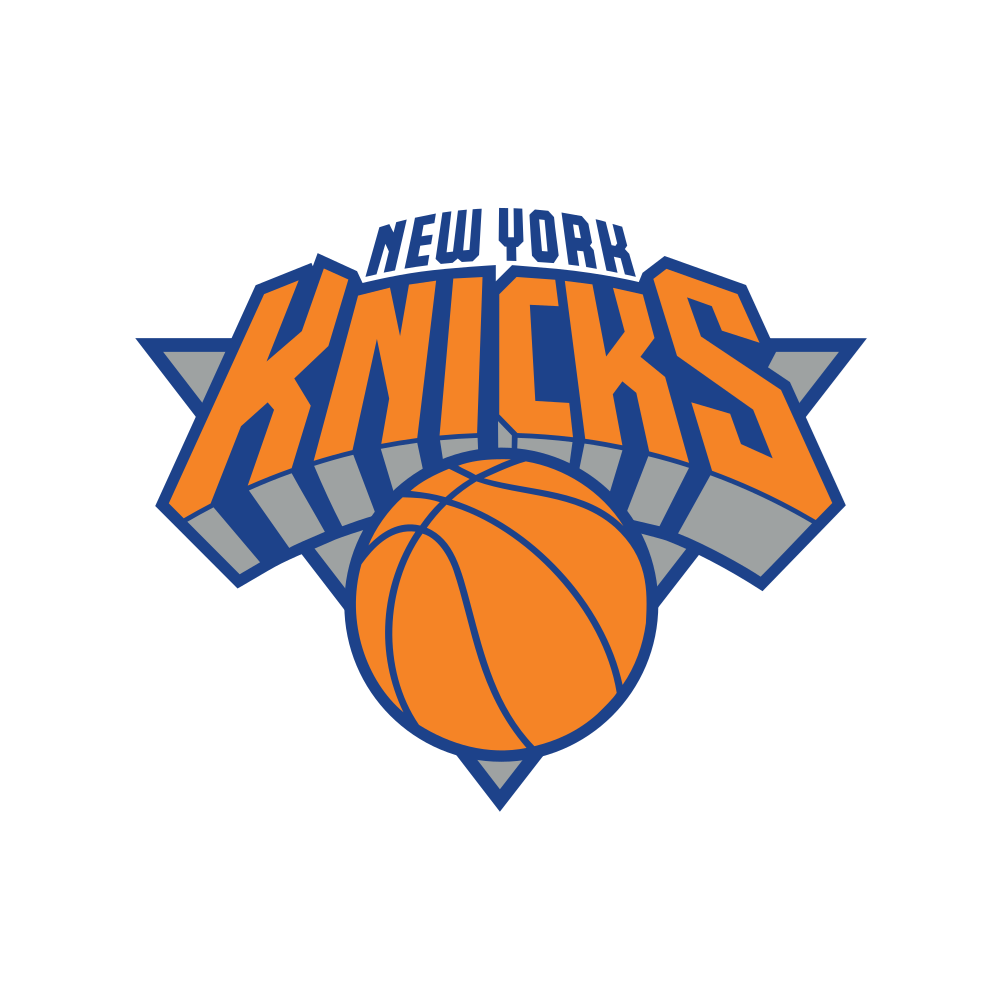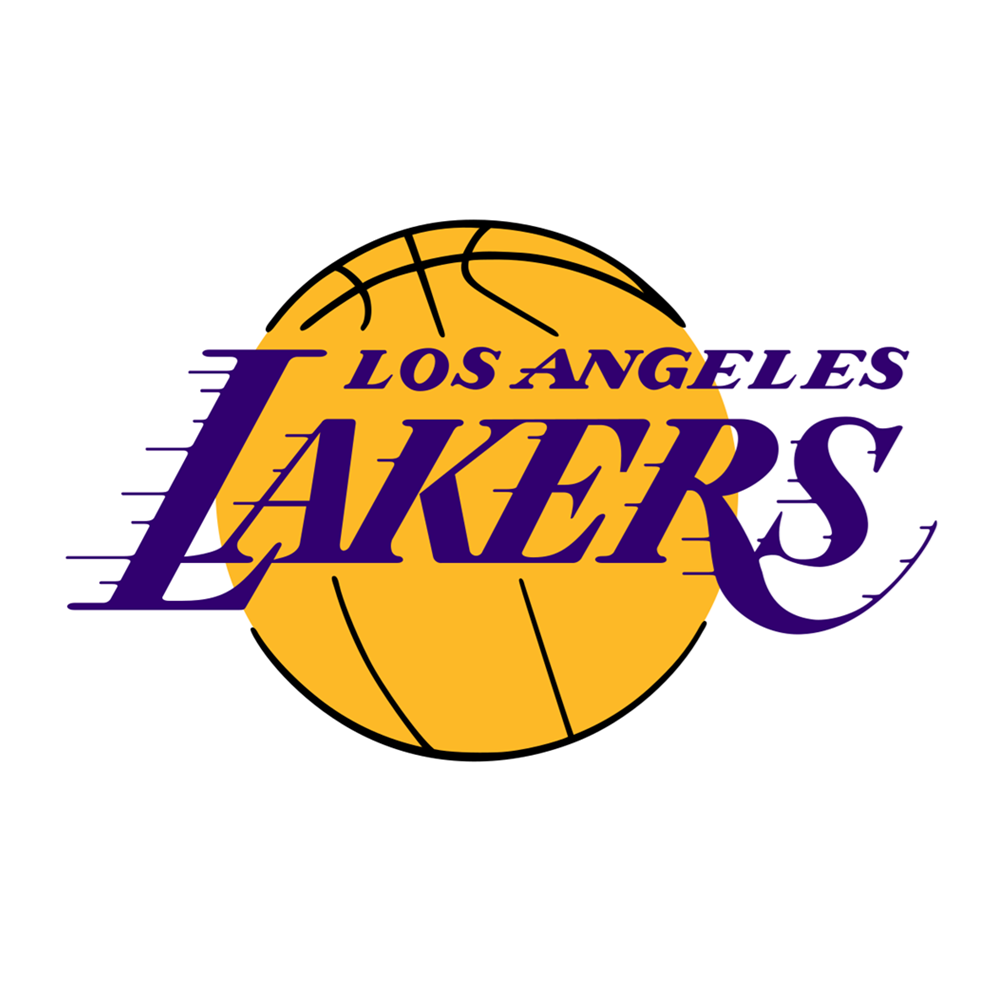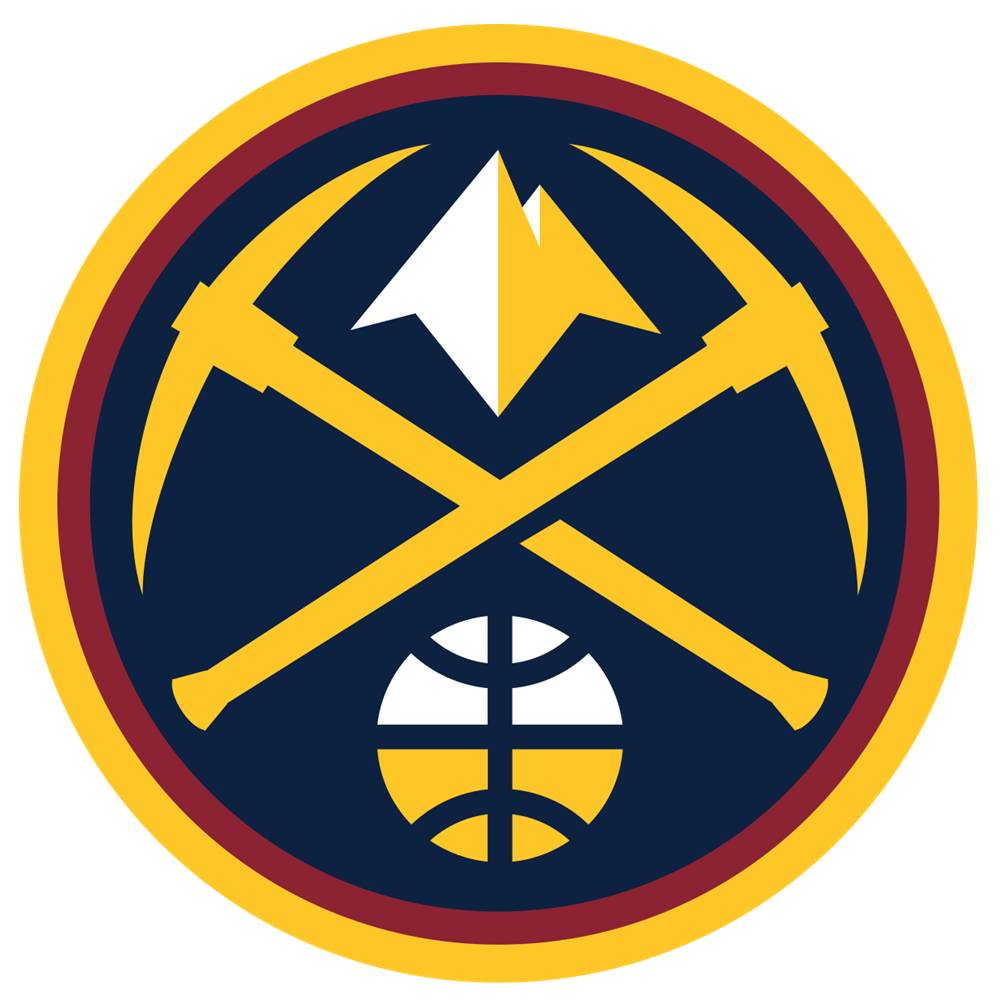For basketball fans, the NBA Draft is one of the most exciting events of the year.Usually, rebuilding clubs have the highest picks in the draft. Therefore, there’s a solid chance that whoever’s name is called could become the next face of the franchise and therefore also represent hope and excitement towards the future.In recent years, first overall picks like Ben Simmons of the Philadelphia 76ers (2016), Karl-Anthony Towns of the Minnesota Timberwolves (2015), Anthony Davis of the New Orleans Pelicans (2012) and Kyrie Irving (formerly) of the Cleveland Cavaliers (2011) are examples of clear-cut, home-run picks who have already validated their selections.Organizations selecting in the middle of the first round are usually bubble teams, one or two pieces away from becoming playoff-caliber squads. Instead of paying up for someone in free agency, landing a franchise-altering talent is also possible at this spot. There are a lot of examples to choose from, but future Hall of Famer Kobe Bryant was taken with the 13th pick in the 1996 Draft and more recently, Giannis Antetokounmpo of the Milwaukee Bucks was taken 15th overall in 2013. Kobe just had both of his numbers retired by the Los Angeles Lakers and The Greek Freak is a legitimate MVP candidate.Kawhi Leonard, the 15th pick in 2011 by the San Antonio Spurs, finished third in MVP voting last year. Steve Nash was also taken 15th overall in 1996, just two spots after Kobe. He won the MVP twice during his future Hall of Fame career. The Utah Jazz picked up Karl Malone with the 13th overall pick in 1985 and then John Stockton with the 16th pick in 1986. They turned out to be one of the most prolific duos in NBA history. Although the top teams usually select at the bottom of the first round, many have re-tooled or upgraded key positions. Although players in the second round do not tend to emerge as true NBA contributors, there are many examples of low-drafted players defying the odds, like San Antonio Spurs teammates Tony Parker (28th overall in 2001), Manu Ginobili (57th overall in 1999), All-Stars like Jimmy Butler (30th overall in 2011), DeAndre Jordan (35th overall in 2008), Draymond Green (35th overall in 2012), Isaiah Thomas (60th overall in 2011) and all-time greats like Dennis Rodman (27th overall in 1986), Joe Dumars (18th overall in 1985), Dennis Johnson (29th overall in 1976), Alex English (23rd overall in 1976), and Nate Archibald (19th overall in 1970).If identifying NBA talent was easy, all of the future stars would be taken at the top of the draft and there wouldn’t be any busts or late-round sleepers. Unfortunately for front offices, that’s not the case. But, it makes everything more interesting for everyone else.Here are some 2018 draft-eligible youngsters who have star potential at the NBA level.
Although the top teams usually select at the bottom of the first round, many have re-tooled or upgraded key positions. Although players in the second round do not tend to emerge as true NBA contributors, there are many examples of low-drafted players defying the odds, like San Antonio Spurs teammates Tony Parker (28th overall in 2001), Manu Ginobili (57th overall in 1999), All-Stars like Jimmy Butler (30th overall in 2011), DeAndre Jordan (35th overall in 2008), Draymond Green (35th overall in 2012), Isaiah Thomas (60th overall in 2011) and all-time greats like Dennis Rodman (27th overall in 1986), Joe Dumars (18th overall in 1985), Dennis Johnson (29th overall in 1976), Alex English (23rd overall in 1976), and Nate Archibald (19th overall in 1970).If identifying NBA talent was easy, all of the future stars would be taken at the top of the draft and there wouldn’t be any busts or late-round sleepers. Unfortunately for front offices, that’s not the case. But, it makes everything more interesting for everyone else.Here are some 2018 draft-eligible youngsters who have star potential at the NBA level.
DeAndre Ayton (Freshman center, University of Arizona)
Averaging 19.5 points, 11.4 rebounds and 1.4 blocks over 31.3 minutes for the Arizona Wildcats, the 7’1” center has emerged as a viable option to hear his name called with the first overall pick in the upcoming draft.
With a surprisingly-developed offensive skill set, Ayton has made a clear comparison to Joel Embiid with range extending beyond the three-point line. Offensively, his face-up game is as refined as his post-up abilities, which will translate well to the next level. Although he has clear room for growth defensively, he should be considered one of the best pro prospects in this draft class.
Trae Young (Freshman point guard, University of Oklahoma)
Since Steph Curry dominated at Davidson University, no one has resembled his production or overall skill set. However, Young has done just that this season for the Sooners, averaging 28.7 points and 10.4 assists over 31.8 minutes per game. He ranks first in the nation in scoring (averaging 3.9 points over the second-best player) and first in assists per game as well.
On Tuesday night, he had 26 points and 22 assists (a D-I record) in a dominant victory against Northwestern State. That kind of absurd stat line likely came due to the opposition’s level of play, but it’s an indication of how he can put up mind-blowing numbers on any given night. Notably his ability to work off the pick-and-roll, score with ease from deep and create his own shot via isolation makes him arguably the most dangerous offensive prospect in the draft class. Although there are some concerns over his athleticism and how it might stack up against NBA defenders, it’s worth noting that Curry had those same concerns surrounding him coming out of college.
Marvin Bagley III (Freshman power forward, Duke University)
Bagley broke out onto the scene in historic fashion at Duke, posting 25 points and 10 rebounds in his freshman debut in November, a school record. Overall, he’s averaging 21.1 points and 10.9 boards per game over 31.1 minutes.
With a 6’11” frame, Bagley’s offensive game is unique since he matches up size-wise with frontcourt players, but has guard-like ball-handling abilities. Possessing elite quickness and versatility on the offensive end, he has been able to move all over the court on the offensive end and make a difference. This will come in handy at the NBA level, since the league is becoming more and more position-less.
Luka Doncic (18-year-old guard/forward, International)
One can make the argument that there has never been a draft prospect like Doncic. The 18-year-old Slovenian is averaging 16.8 points, 5.7 rebounds and 4.3 assists per contest over just 26.0 minutes for Real Madrid in Euroleague.
Referred to as “Wonder Boy” in Europe, Doncic has created a number of viral highlights over the course of the year. Projecting as a point-forward at the NBA level, he has shown elite ball-handling skills and court vision in addition to an ability to consistently put the ball in the basket. He has a real shot at going first overall.
Michael Porter Jr. (Freshman forward, University of Missouri)
Grading Porter among his fellow prospects is quite the complicated task for one simple reason: he's injured. In fact, he underwent back surgery on October 21st and Missouri then announced that he’d most likely be out for the rest of his freshman season. Coach Cuonzo Martin recently gave an update on his star’s status to Dave Matter of the St. Louis Post-Dispatch.
“That’s all he’s doing right now is rehabbing," he said. "No play on the court. He might shoot a few balls, but nothing with the team. He’s not in practice or in uniform, nothing like that. He might shoot some balls here or there. But that’s about it.”
Even if he doesn’t return, there’s a reason why Porter was one of the top recruits coming out of high school, ranking second in ESPN’s Top 100. Averaging 36.2 points and 13.6 rebounds per game as a senior in high school, he scored 21 points in 23 minutes in a preseason exhibition against the University of Kansas for Missouri and was chosen as the co-SEC preseason Player of the Year. While he may fall down some draft boards due to the time he will miss and due to his injury concerns overall, the 6’10” Porter is a threat from anywhere on the offensive end of the court and projects as a dominant wing scorer at the next level.
Mohamed Bamba (Freshman center, University of Texas)
There is simply no other recruit like Bamba in this year’s draft class. Checking in at 6’11, the Longhorn freshman is just 225 pounds, but possesses a ridiculous 7'9" wingspan. Averaging 10.9 points, 9.8 rebounds and an impressive 4.3 blocks (third in the NCAA) over 28.2 minutes per contest, Bamba’s ability to protect the rim at a high level can’t be overlooked.
Although his block numbers will undoubtedly decrease at the NBA level due to defensive three-second rules and the increased talent level, Bamba could very well have an impact similar to Rudy Gobert of the Utah Jazz. The days of traditional centers might be coming to an end in the future, but there are many teams in need of a rim protector down low. Bamba needs to bulk up, but that shouldn’t be a problem once he enters an NBA weight room following a pro training program.
Collin Sexton (Freshman guard, University of Alabama)
Earlier in the year, Sexton scored 40 points in a 89-84 loss to the University of Minnesota. However, there was a catch: Sexton was one of only three players on the court against a full-strength Minnesota squad for most of the second half. (Alabama was forced to play with three guys after seven players were ejected, another got injured and another fouled out.) With that gutsy performance, Sexton showed the world that he could beat double and even triple teams if he’s on his game.
Sexton is averaging 20.5 points and 3.5 assists in 29.6 minutes per contest for the Crimson Tide. Since combo guards are becoming more and more important in the modern-day NBA, he will be an attractive option for all of the rebuilding teams at the top of the draft. As a true two-way player with elite athleticism, Sexton has proven to have strong decision-making skills with the ball in his hands. He also has been able to draw a large number of fouls, also a transferrable skill to the NBA.
Others prospects will likely emerge as the collegiate season rolls along ahead of June’s draft, but as of right now, these seem like the best bets to become pro stars.
